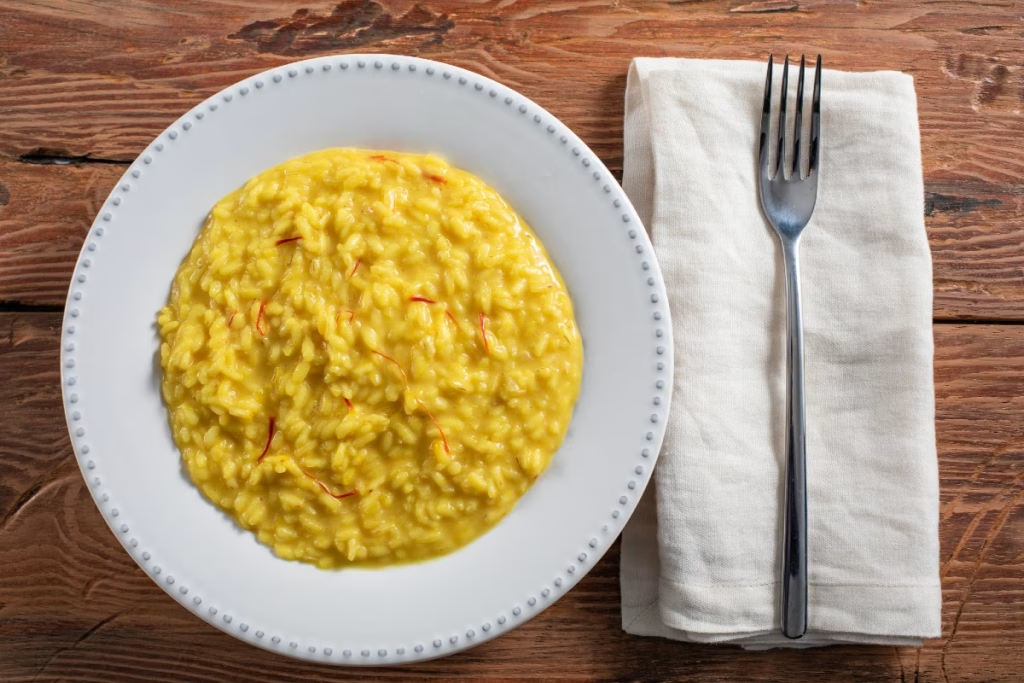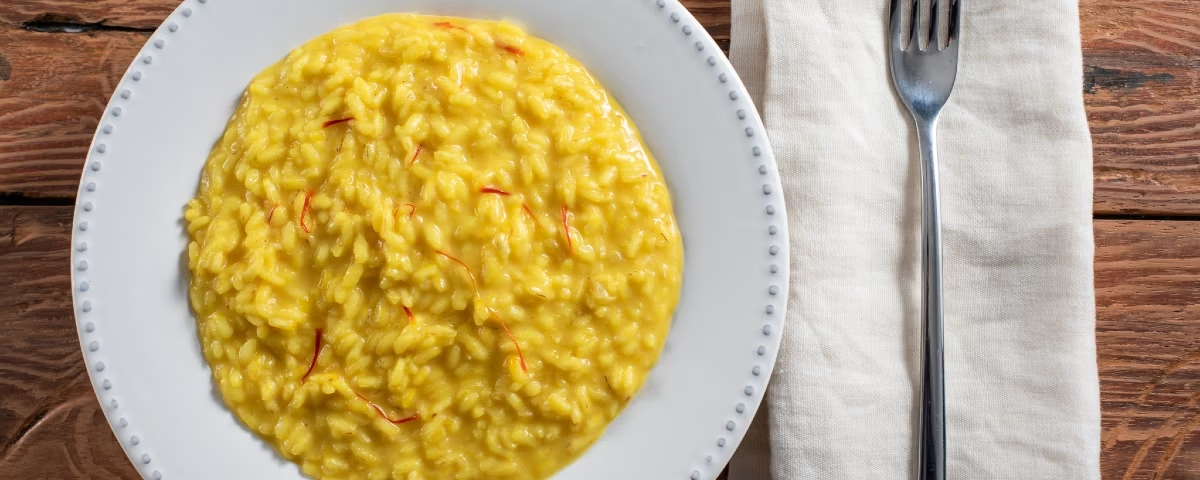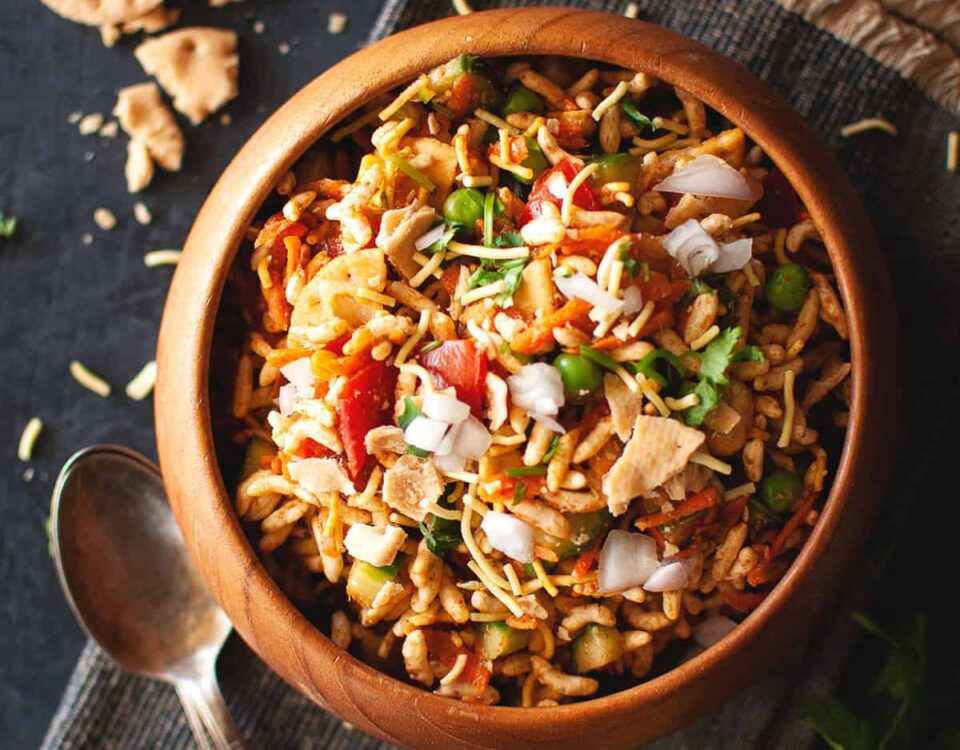Risotto Recipe: Mastering the Art of Italian Comfort Food
Risotto, an iconic Italian food dish, is celebrated for its creamy texture and rich flavors. This rice-based dish has a unique cooking technique that distinguishes it from other rice dishes, making it a favorite among food enthusiasts. In this comprehensive guide, we will explore the origins of risotto, discuss essential ingredients, provide a step-by-step recipe, and share tips to perfect your risotto every time. Additionally, we will include variations and nutritional information to cater to different dietary needs and preferences.

History of Risotto
Risotto hails from Northern Italy, particularly the Lombardy and Piedmont regions. Its origins can be traced back to the 14th century when rice was introduced to Italy by the Arabs. The fertile plains of the Po Valley provided the ideal conditions for rice cultivation, leading to the development of various rice dishes.
The method of slow-cooking rice in broth, stirring constantly to achieve a creamy consistency, was perfected in Milan. The first documented recipe for risotto dates back to the 19th century. Risotto alla Milanese, made with saffron, is one of the most traditional and well-known versions, often served with ossobuco (braised veal shanks).
Essential Ingredients for Risotto
To make a classic risotto, you will need the following ingredients:
For the Basic Risotto
- 1 1/2 cups Arborio rice (or Carnaroli/Vialone Nano rice)
- 4 cups chicken or vegetable broth
- 1 cup dry white wine
- 1 small onion, finely chopped
- 3 cloves garlic, minced
- 3 tablespoons unsalted butter
- 1/2 cup grated Parmesan cheese
- Salt and pepper to taste
- Fresh parsley, chopped (optional, for garnish)
Optional Ingredients for Variations
- Saffron threads (for Risotto alla Milanese)
- Mushrooms (for Mushroom Risotto)
- Seafood (for Seafood Risotto)
- Asparagus (for Asparagus Risotto)
- Pumpkin (for Pumpkin Risotto)
Step-by-Step Recipe for Basic Risotto
Prepare the Broth
- In a medium saucepan, bring the broth to a gentle simmer. Keep it warm over low heat.
Sauté the Aromatics
- In a large, heavy-bottomed skillet or saucepan, melt 2 tablespoons of butter over medium heat.
- Add the finely chopped onion and cook until translucent, about 5 minutes.
- Stir in the minced garlic and cook for another minute, until fragrant.
Toast the Rice
- Add the Arborio rice to the skillet, stirring to coat the grains with the butter and onion mixture.
- Cook for about 2 minutes, until the edges of the rice become translucent.
Deglaze with Wine
- Pour in the white wine and stir continuously until the wine is fully absorbed by the rice.
Add Broth Gradually
- Begin adding the warm broth, one ladleful at a time, stirring frequently.
- Allow each addition of broth to be absorbed before adding the next. This process should take about 18-20 minutes.
- Continue this process until the rice is creamy and cooked to al dente. You may not need to use all the broth.
Finish with Butter and Cheese
- Remove the risotto from heat and stir in the remaining tablespoon of butter and the grated Parmesan cheese.
- Season with salt and pepper to taste.
Serve
- Transfer the risotto to serving plates.
- Garnish with freshly chopped parsley and additional Parmesan cheese if desired.
- Serve immediately and enjoy the creamy, rich texture of homemade risotto.
Tips for Making the Perfect Risotto
- Use the Right Rice: Arborio, Carnaroli, and Vialone Nano are the best rice varieties for risotto due to their high starch content, which creates a creamy texture.
- Keep Broth Warm: Adding cold broth will cool down the cooking process. Keep your broth warm to maintain a consistent temperature.
- Stir Frequently: Stirring helps release the starch from the rice, creating a creamy consistency. However, don’t over-stir as it can make the rice mushy.
- Taste for Doneness: The rice should be al dente, meaning it should be tender with a slight bite in the center.
- Serve Immediately: Risotto is best enjoyed fresh. The texture can change as it cools, so serve it right away.
Variations of Risotto
Risotto alla Milanese
Add a pinch of saffron threads to the broth before you begin adding it to the rice. This classic version is known for its golden color and subtle flavor.
Mushroom Risotto
Sauté 2 cups of sliced mushrooms with the onions and garlic. Continue with the basic risotto recipe, using mushroom broth for added depth of flavor.
Seafood Risotto
Add a mix of seafood such as shrimp, scallops, and clams during the last 5 minutes of cooking. Use fish or seafood broth for a more pronounced seafood flavor.
Asparagus Risotto
Blanch 1 cup of chopped asparagus in the broth before starting the risotto. Add the asparagus pieces to the risotto during the last 5 minutes of cooking.
Pumpkin Risotto
Add 1 cup of pureed pumpkin to the risotto after the wine is absorbed. This adds a rich, earthy sweetness to the dish.
Nutritional Information
Risotto is a rich and satisfying dish. Here’s a general nutritional breakdown for a basic risotto per serving (based on a 4-serving recipe):
- Calories: 450
- Protein: 12g
- Fat: 16g
- Carbohydrates: 60g
- Fiber: 2g
- Sodium: 800mg
Conclusion
Risotto is a versatile and comforting dish that showcases the artistry of Italian food cuisine. Its creamy texture and rich flavors make it a favorite for both casual dinners and special occasions. By mastering the basic technique and experimenting with various ingredients, you can create a range of delicious risottos to suit any palate. Enjoy the process of making risotto, and savor the delightful results.
For more international recipes and cooking tips, be sure to explore our website. Happy cooking!




